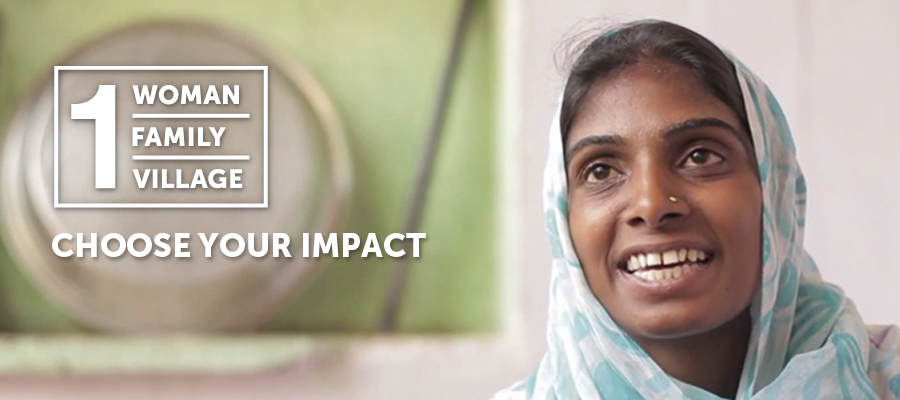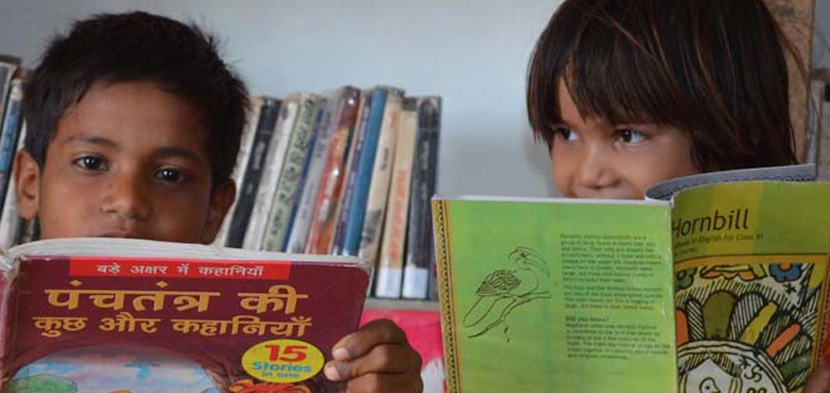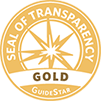
Imagine at age 16, you are living in poverty, illiterate, and disabled because of polio. What would your future look like?
This past week marked an historic occasion: the WHO officially declared that polio has been eradicated in India and ten other Asian countries. Yet what of the millions of polio survivors in India who still face discrimination and struggle to provide for themselves as a result of their disability?
For many people, the vaccination campaigns came too late: disability often precludes them from the opportunity to learn, earn a living, and make basic choices in their lives. And for polio survivors who are female or minority caste members, stigma exists on multiple levels.
Meet Kailashi, a polio survivor in India. When Kailashi was two years old, her right leg was damaged by the disease, and as a result she was never able to walk easily. When she was a child, she was taunted by her peers because of her condition. Discouraged, she dropped out of school, and her family married her off to a man who was also a polio victim.
Her husband’s family was not supportive of her because she was illiterate, not physically fit, and unable to provide an income to support the family. Kailashi said she felt that she would “never achieve anything in life.”
Watch a three-minute video of Kailashi’s story:
Empower a rural villager like Kailashi. Donate today.
Kailashi got a second chance. At the age of 19, she heard about a women’s literacy program being offered at a READ Center a few kilometers from her home. Determined to become more independent, she signed up for the course despite her disability.
Every day for 45 days, Kailashi made the arduous journey to the READ Center – even walking through puddles of water and mud during rainy season, ruining her clothes. After just one month, Kailashi was able to read and write basic sentences. As a result, her self-confidence increased tremendously.
Feeling empowered, Kailashi enrolled herself in a sewing training program offered at the READ Center. After completing the 3-month course, she decided to start her own tailoring business so she could make an income to support her family.
What’s more, Kailashi learned about her disability rights through the READ Center. She was able to obtain a Disability Certificate from her local government body, which will provide her with a regular subsidy and allowances from the Government of India.
Today, Kailashi’s goal is to show other women and people with disabilities that it’s never too late to learn, and that education is key to self-empowerment.
This spring we at READ Global are proud to have data that proves you can transform the lives of villagers like Kailashi in significant, measurable ways through READ Centers:
- 74% of women in India report an increase in income because of the information and skills they gained at their READ Center.
- 94% of villagers access critical information on health at READ Centers and then share it with others.
- 79% of women in India now have greater self-esteem.
- Two-thirds of women report greater decision-making abilities in their families after coming to the Center.
READ Centers serve as equalizers, providing all community members – regardless of gender, ethnicity, physical ability, and age – with tools and skills to improve their lives. Thanks to our supporters worldwide, we have been able to achieve incredible outcomes.
These results give us hope, but there is still much work to be done. Millions of villagers in India face discrimination and lack opportunities to improve their lives because of the effects of disabilities like polio. Millions more face gender stigma.
As we celebrate the momentous event of the eradication of polio in countries like India, let us not forget that our work is not yet done.
Please make a donation today to help villagers like Kailashi transform their lives: just $50 gives a villager leadership training, and $100 teaches her to read.




